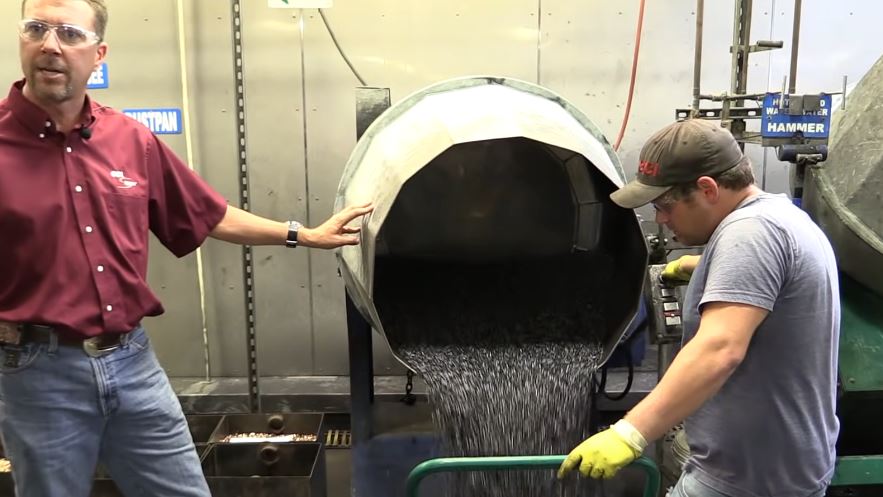It took awhile for me to figure it out.
1) Get used to inspecting each cartridge prior to chambering.
Look for defects. Any kind of dent or ding indicates problems at the factory.
If the nose is beat up, so is the heel. If the heel is damaged, you get strays.
Any asymmetry causes wobbles, pitch, yaw....not good for accuracy
2) Feeding from a magazine into the chamber can damage the drive bands.
Top round drags the rim across the bottom round leaving a groove.
Damage the drive bands you get strays. If the mag is slightly off line with the chamber
the drive bands will be shaved by the edge of the breech, causing strays.
3) Get used to shooting across a ballistic chronograph and listening to the muzzle pop.
You can correlate mv differences to the sounds caused by weak or hot rounds.
Even in the frequency of the vibrations transmitted from the stock to your cheek bone.
You can hear the mv differences and see where they impact high or low.
4) Don't think rimfire cartridges are all identical. Not from the same lot number,
not from the same brick, not even the same box. It's mass produced rimfire.
Components and assembly tolerances vary moment by moment on the production line.
You can't shoot the same cartridge twice. That's why results vary.









